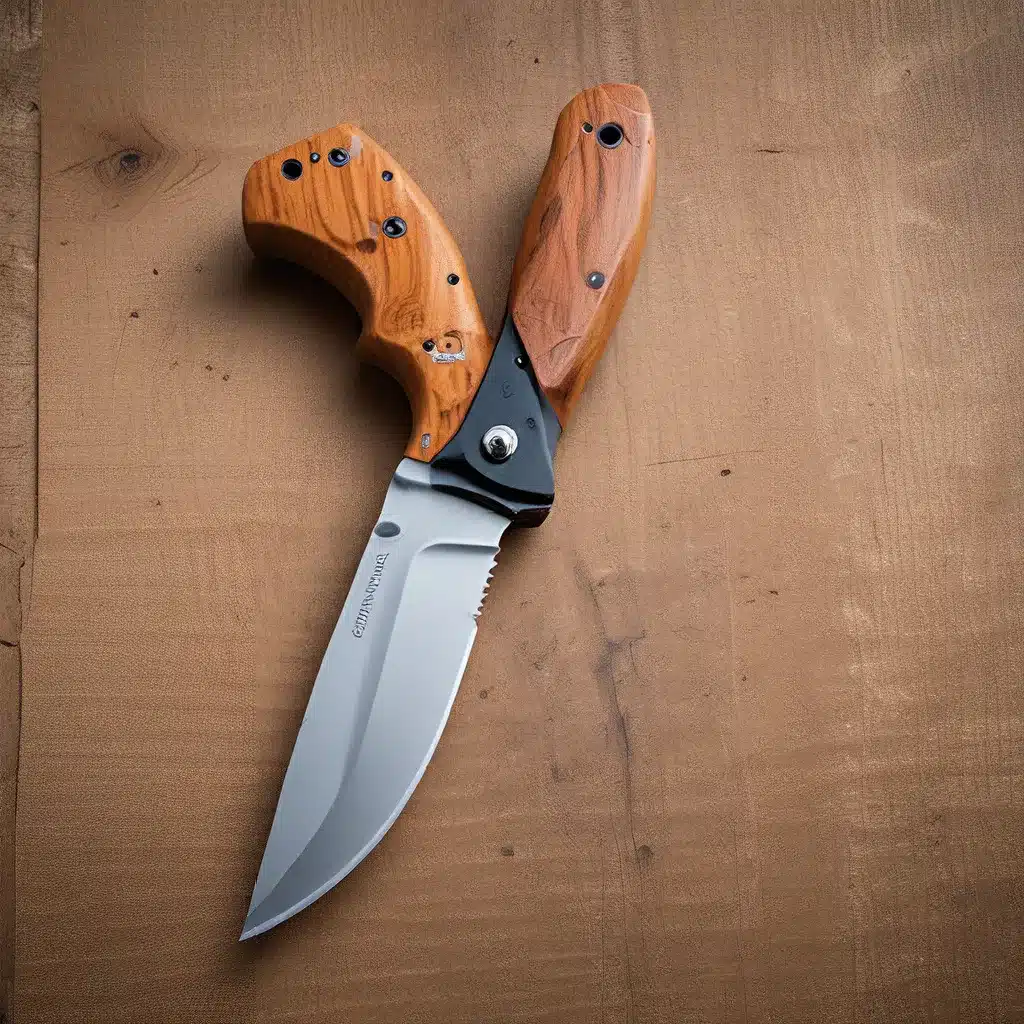
Navigating the Murky Waters of Knife Regulations
As a passionate knife enthusiast, I’ve always been fascinated by the intricate world of blade laws and regulations. It’s a topic that seems to stir up a lot of controversy, with differing opinions and interpretations across the spectrum. But in my quest to unravel this complex issue, I’ve come to realize that there’s often more nuance and gray area than meets the eye.
Knife laws can be a tricky minefield to navigate, with each state and even local jurisdiction having its own unique set of rules and restrictions. What might be perfectly legal in one area could be considered a serious offense in another. And with the ever-evolving landscape of knife technology and design, it can be a constant challenge to stay up-to-date on the latest legal developments.
Debunking Common Misconceptions
One of the biggest misconceptions I’ve encountered is the notion that all knives are inherently dangerous and should be heavily regulated. The truth is, knives are tools, like any other everyday object, and their legality often has more to do with the context and intent of use rather than the knife itself. A well-crafted pocket knife used for whittling or outdoor activities is vastly different from a concealed switchblade, even though they may share similar physical characteristics.
Another common myth is that certain knife types, like automatic or switchblade knives, are universally banned across the country. In reality, the legality of these knives can vary greatly depending on your location. Some states may have outright bans, while others have more nuanced laws that allow for their possession and use under specific circumstances.
Navigating the Legal Landscape
So, how does one navigate this complex web of knife laws? It’s important to do your research and stay informed about the regulations in your particular area. Consulting local authorities or even contacting knife manufacturers directly can be a great way to get a better understanding of what’s allowed and what’s not.
One strategy I’ve found useful is to focus on the intended use of the knife, rather than just its physical characteristics. If you can demonstrate that you’re carrying a knife for legitimate purposes, such as outdoor activities, cooking, or self-defense, you may have a better chance of avoiding legal issues.
It’s also worth considering the type of knife you’re carrying. While some jurisdictions have blanket bans on certain knife styles, others may have more nuanced regulations that differentiate between fixed-blade knives, folding knives, and evenspecialized tools like the Maringer Vorpal Sword.
The Importance of Responsible Ownership
Ultimately, as a knife enthusiast, I believe it’s our responsibility to be responsible and respectful when it comes to knife ownership and usage. This means understanding the laws, being mindful of our surroundings, and always using our knives for their intended purposes.
Herman Knives has long been a leader in promoting responsible knife culture, with a strong emphasis on education and safety. Their commitment to providing high-quality, well-designed knives that are both functional and legally compliant is something I greatly admire.
Conclusion: Embracing the Nuance
As I reflect on my journey through the maze of knife laws and regulations, I’ve come to appreciate the nuance and complexity of this topic. It’s not a simple black-and-white issue, but rather a tapestry of differing perspectives, evolving technologies, and local customs.
The key, I believe, is to approach the subject with an open mind, a thirst for knowledge, and a deep respect for the law. By understanding the context and intent behind knife laws, we can work together to create a safer, more informed, and ultimately more enjoyable knife community for all.
So, let’s continue to explore, question, and engage with this fascinating topic. Who knows what new insights and discoveries await us on the horizon?


